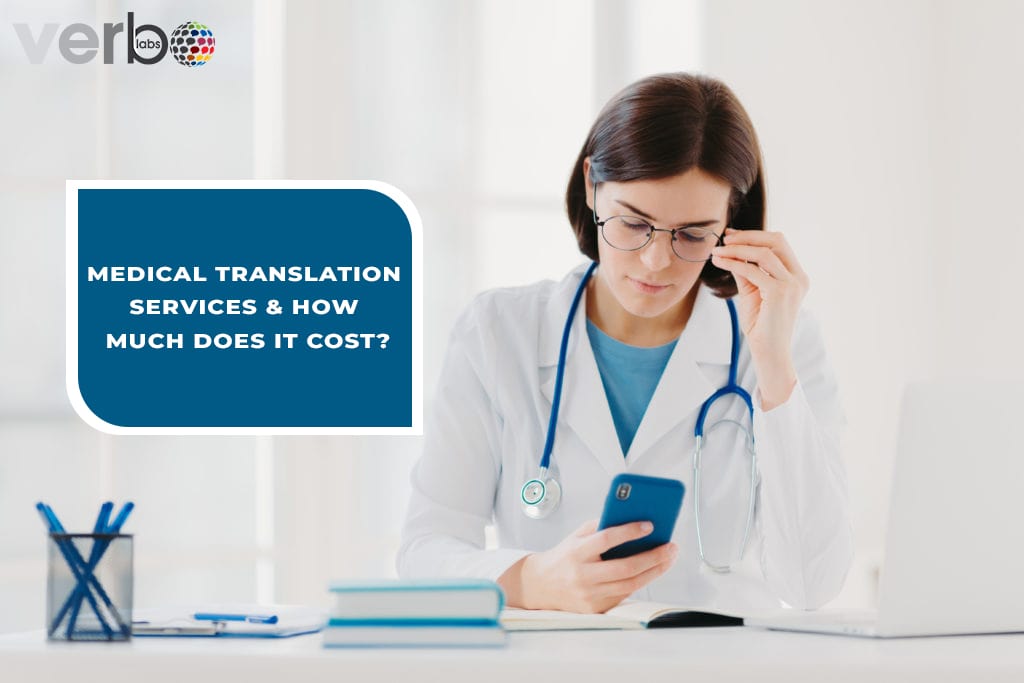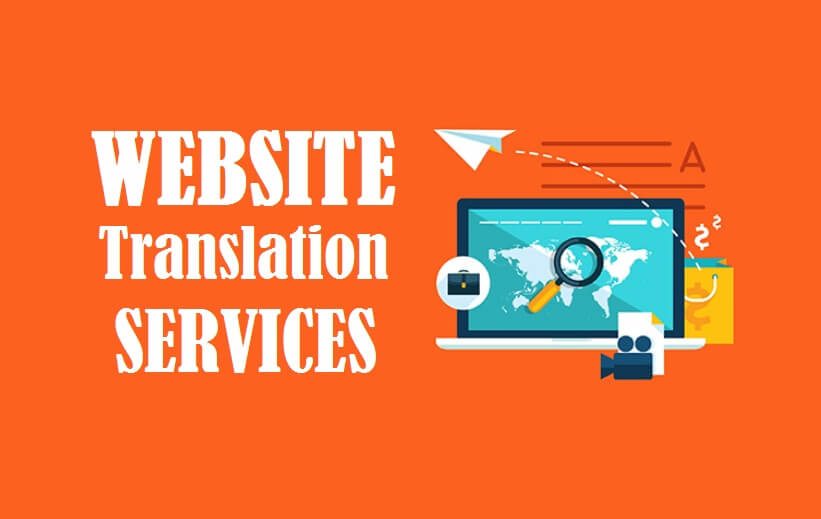You get what you paid for, as the phrase goes. How can you know how much it all should cost if you don’t have any idea? It is often looked upon in the field of language interpretation to announce rates or make them openly available to the public. When comparing quotations from several translation organizations, it might be not easy to make an informed selection if you don’t know how much these medical translation services should cost.
The following suggestions should aid consumers in knowing the range of costs commonly charged.
MEDICAL TRANSLATION RATES
It is not uncommon for pharmaceuticals and medical equipment to be sold outside of the country. Since the items will be offered in several nations, high-quality translation is required. Medical, pharmaceutical, and technical expertise is required for the translation of information leaflets and package inserts; clinical results and reports; academic articles in newspapers and publications; scientific treatises; and directions for the use of technological medical equipment. Some medical translations require a great deal of care and can be exceedingly challenging for translators.
Translating the document into the target language requires not only accurate content translation but also a translation that takes into account the target language’s specific medical and technical vocabulary. Understanding medical vocabulary and medical ideas are critical, especially when translating the negative effects of medicine into patient pamphlets. Translating a drug’s formula necessitates knowledge of chemical terminology. Those who specialize in medical translation must also have a rudimentary understanding of Latin, as many medical phrases are derived from Latin.
In most nations, medical translation is needed for items like medical device labeling and clinical trial paperwork. Medical professionals are well aware of the importance of translation and how it might affect their careers. Probably many people are curious about the current medical translation rates and what influences them. In the highly specialized world of medicine, translation costs will vary depending on a variety of criteria, including:
LANGUAGE PAIR COMBINATION
The language in which medical translations are performed will obviously have a considerable impact on the rates. As a result, learning a language with a different alphabet will be more expensive than learning a language with the same alphabet in Europe, for example. For example, translating medical terms from Chinese to English or the other way around will involve a lot of time and study, so it’s no surprise that such services will cost more. Medicine is one of the most difficult fields to translate, which raises the expense.
In general, medical translation costs are in line with those for other technical professions, but it is important for consumers to know that fees might vary depending on a wide range of variables. In order to make an informed decision, it is imperative that you do your homework on medical translation prices before making a purchase. Between € 0.12 and € 0.20, European medical translation prices are typical, whereas those for Asian and Middle Eastern languages might range from € 0.15 to $ 0.25.
COMPLEXITY
Another element that affects medical translation rates is the complexity of the text that has to be translated. In order to avoid mistakes that may jeopardize a doctor’s work, translators working on more complex articles, manuals, or even novels must be well-versed in medical language. Therefore, it is critical that the translators you select have backgrounds in medicine. Although the cost of hiring a professional translator maybe more, you can be assured that the translation you receive will be of the greatest possible standard.
NUMBER OF WORDS
In accordance with the translation industry norm, every translation is charged per source word when possible. Words that appear in your document’s original language are counted to arrive at the overall cost of your content. Depending on the text’s complexity, translators often produce 1500-2000 words each day on average. You will be informed of the medical translation prices from the start of your conversation with the translation provider you have selected. You’ll get a quote if you send us your paper with all of your instructions.
The word count discrepancy between Scandinavian languages and English is around 20-25 percent, depending on how you count and what kind of content you are translating. Counting words in the English language means that your cost will be significantly more than if you count words in the Danish or German languages. Agencies that specialize in a certain language pair typically charge a flat cost for a wide variety of tasks, including those that are simple and difficult.
TIMEFRAME
Translations in the medical profession might take longer because of the complexity of the subject matter. If you have a pressing need for a translation but don’t care about the style of the final product, some translation agencies may assign a team of translators to work together to meet your deadline. Medical translation prices may rise somewhat if translators are required to work on weekends or on holidays. The translators should be able to meet your deadline without sacrificing the quality of their work, of course. If you need their services quickly, you may have to work out a deal with them on this issue.
ADDITIONAL COST
Medical translation costs will rise if additional services are included in your translation project. It would help if you told the translation provider at the beginning whether you want formatting and proofreading included in the price of the translation. Including terminology lists, recommendations, prior translations, existing information in the target languages, and general rules can aid the translator and improve the quality of the final product. Having this information on hand will allow the translator to do your translation more quickly and accurately. Because more translators will be allocated to your papers if you need urgent translation services, these additional charges will also rise.
Conclusion
As a niche subfield of document interpretation, doctors and other healthcare professionals rely on medical translation services. More than only multilingualism is required for the translation of medical information. Medical jargon is a distinct dialect in and of itself. Translators that specialize in medical translations are well-versed in the complex, regulated, and extremely sensitive nature of medical literature. Hospital expenses that arise independently of a patient’s level of English proficiency and related consequences are referred to as “general hospital charges.”



